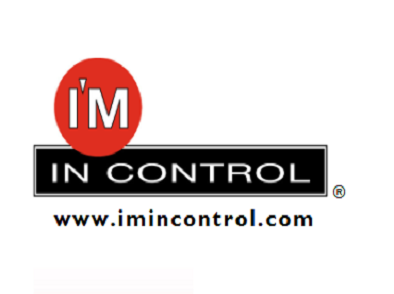
I’m in Control
I’m in Control ® reduces energy costs for buildings and leased spaces which don’t have a current Building Management System (“BMS”) — typically under 100,000 square feet. These millions of buildings can’t justify the BMS installed in larger structures, yet require results much greater than consumer or single-purpose commercial products can provide.
The sophisticated automatic control is done continuously by I’m in Control’s unique highly intelligent control algorithms, which decide every moment how the building should be operating. Both comfort and savings are maximized for lighting, HVAC, and equipment, following your policies.
The entire solution is low cost. The product is software which is priced to achieve payback in one to two years by our customers of all sizes. The hardware devices are broadly available from multiple competitive sources.
Equally important, it is easy to install and use. Office managers and maintenance personnel will be able to decide on priorities and use it without specialized training — truly “set and forget.”
Case Study for Office Building
This building in San Jose, California, represented a major challenge for an energy management system. Its tenants includ e a diverse population of medical, mental and administrative services, with equally diverse schedules–some occupants arrive as early as 5:30 AM; scheduled and ad-hoc group sessions can extend well into the evening; and parts of the building are available for services on weekends and holidays. To add to this complexity, the building includ es a combination of small offices, meeting rooms, and shared open spaces, and as in every building, some occupants prefer it warmer, and others cooler. As an additional challenge, regulations require that a percentage of outside air be circulated year-round, even on the coldest days of winter. Finally, much of the HVAC equipment is dated, with some economizers disabled; and due to multiple different tenants during the building’s lifetime, some duct runs make little sense for the current configuration. In addition to these HVAC challenges, specified levels of outside lighting are required for safety purposes.
The IIC solution began with 210 electric usage monitors that were placed on key circuits at seven service panels–these monitors communicate wirelessly with the IIC local controller device. Each circuit is read every 15 seconds and its consumption is stored permanently both on-and off-site. This provides a level of detail far superior to the 15 minute information interval available from utility smart meters. The thermostat for each zone then was replaced with a thermostat which also communicates wirelessly to the IIC controller. Each interaction informs the central system of the status for the room and equipment and allows enforcing rules and optimizations for that specific zone. Local control can be enabled (or disabled) as well. This results in over one million data points being produced every day for this one building. This information is used to discover savings opportunities, learn operation of the building and optimize the controlled equipment. The data can be viewed graphically, and is automatically analyzed at various levels of grouping, such as type of usage, area of the building, and identifies specific equipment to identify activity, savings and ongoing operational faults.
- All exterior safety lighting turned on and off at the same time year – round, wasting hours of energy during the summer. Egr ess lighting was needed only a few hours a day .
- Exhaust fans used 15% of total electricity; one large fan ran 24/7 for two small bathrooms.
- Thermostat schedules were set for the longest work day in the entire building; some weekend settings triggered durin g the week; many fans were on 24/7.
- HVAC units did not heat/cool zones properly. Multiple economizers were stuck open or closed.
- Multiple thermostats did not correctly control the zone — in fact, the thermostat for one zone was on the opposite side of a h allway.
- Significant usage occurred nights and weekends for specific equipment and plug loads.
Maintenance Operations
The integrated energy and equipment monitoring also produced notifications of equipment failures continuously and in real time. Examples o f faults detected in this building, often within minutes, includ e failure of one stage of cooling, stuck economizers, a broken fan belt, and even a breaker left off after preventive maintenance . Remote information, access, and control have eliminated uncou nted truck rolls for comfort calls. After seeing the full status of the zone on a PC , tablet or phone during a “too hot” call, facilities personnel can make s hort – term changes to HVAC parameters or permanent changes to zone settings from anywhere. Cost sav ings are recognized from fielding fewer complaint calls, reduced truck rolls, and lowered damage and wear and tear on equipment.
Results
Once the IIC system “learned” the building, zone by zone, 15% energy savings were immediately realized by controlling the HVAC with the system’s advanced scheduling, calculated ramping and continuous monitoring capabilities. Recommendations produced from analyzing the baseline (pre – controlled) period identified an additional 22% of potential savings. The result was a pa yback of less than two years and a five – year ROI of over 200 %.

